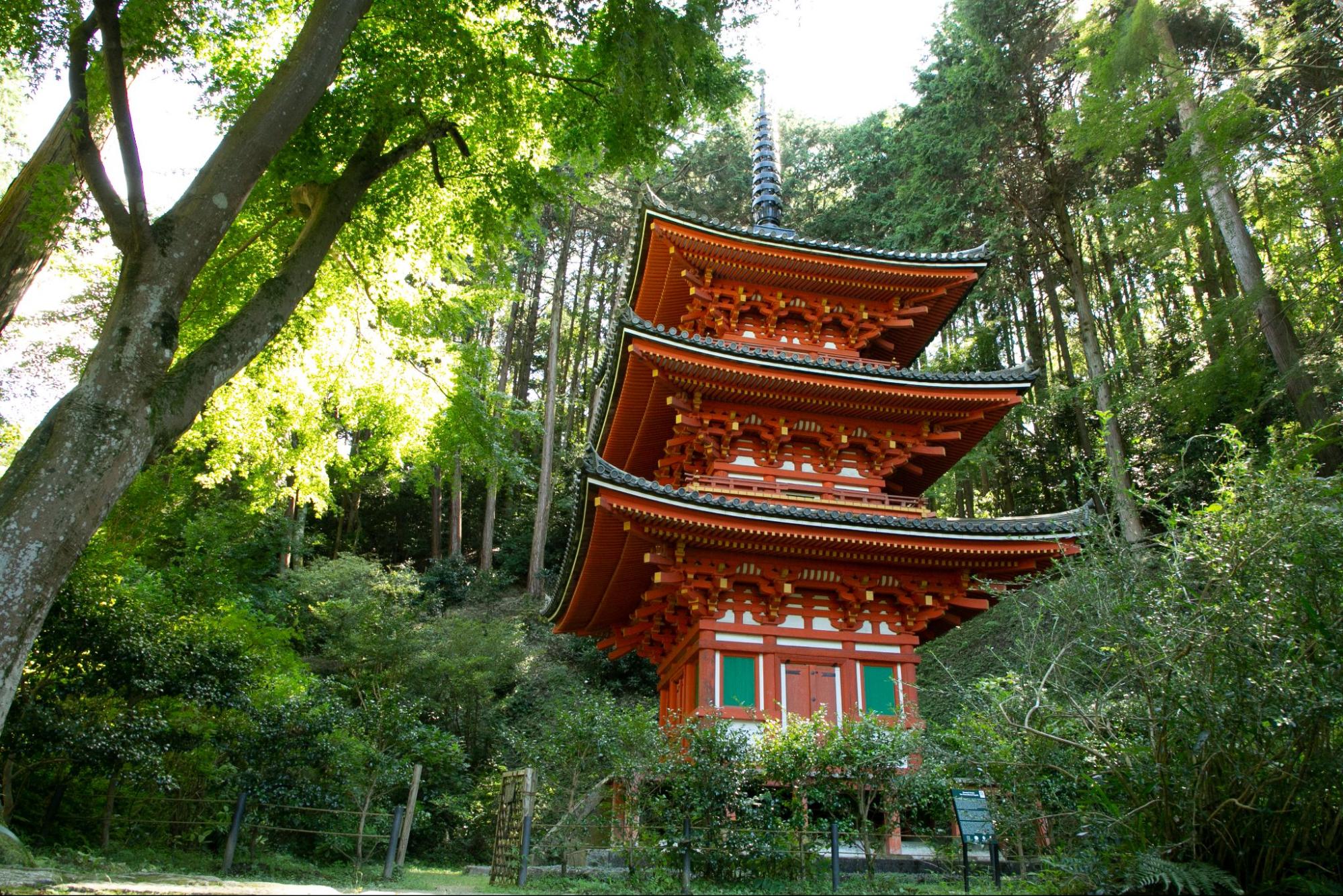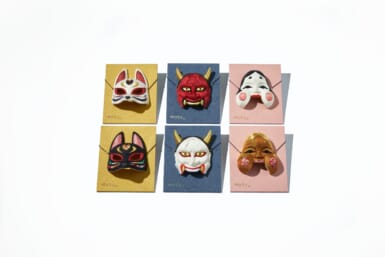If you’re a fan of Japanese temples, chances are you’ve visited Asakusa’s Sensoji and know about the Shikoku pilgrimage — maybe even endeavored on the 88-temple journey yourself. A lesser-known destination for temples, although just as noteworthy, is Minamiyamashiro. A sacred site that borders the cities of Kyoto and Nara, Minamiyamashiro is an area teeming with exquisite national treasure-level artifacts and history.
Until September 3, the Nara National Museum is holding a special exhibition, “Numinous Minamiyamashiro,” which displays 140 cultural assets. This is a great opportunity to see national treasures from the Minamiyamashiro area. Ocha no Kyoto is collaborating with the Nara National Museum to host English tours of Minamiyamashiro’s old temples for an easy-access pilgrimage for all. From buses to exhibits, here are five reasons why you shouldn’t miss out on the Minamiyamashiro Temple Pilgrimage Tours if you’re in the area.
The Temples of Minamiyamashiro
The Minamiyamashiro Temple Pilgrimage Tours take guests to six temples in the area: Joruriji, Gansenji, Omido Kannonji, Kaijusenji, Jindoji, and Kanimanji.
Joruriji
A national scenic spot, Joruriji’s abundant nature surrounding it makes the sacred site beautiful year-round. The temple has plenty to see, with four national treasures, nine important cultural properties, an unusually long main hall lined with nine Amida Buddha statues, and a garden with a pond and a three-story pagoda.
Gansenji
Further along the Stone Buddha Road from Joruriji is Gansenji, which literally translates to “Rock Boat Temple.” True to its name, there is a boat-shaped stone at the temple’s entrance, which is said to have been used by monks for ancient cleansing rituals.
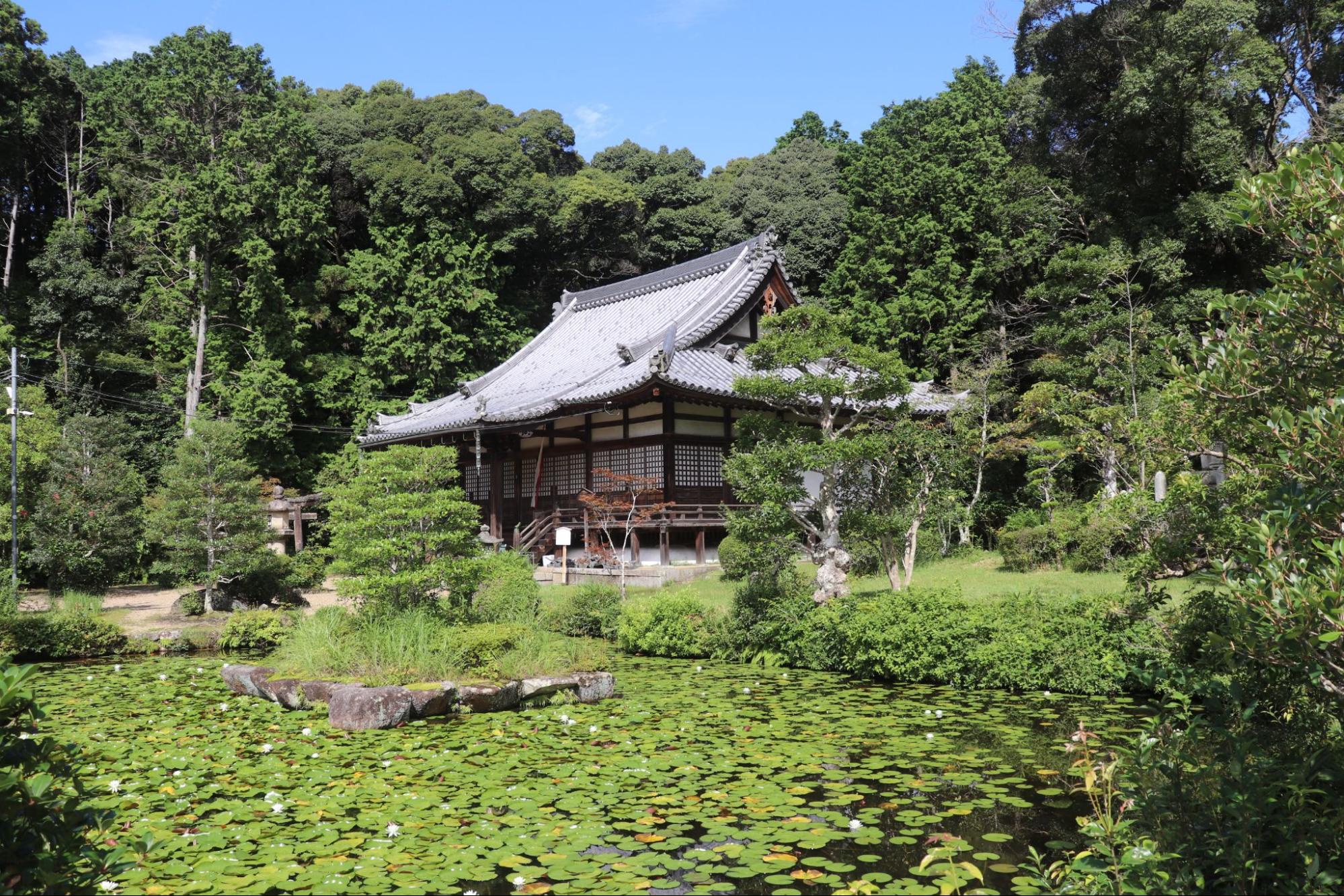
Omido Kannonji
Omido Kannonji was built over 1,300 years ago at the request of Emperor Tenmu, and its statue is of the eleven-headed Bodhisattva of infinite compassion. The temple is an incredible sight in the spring when its cherry blossoms are in bloom and in the fall when the garden lights up in red leaves.
Kaijusenji
Kaijusenji is known for its national-treasure five-story pagoda and stunning view of the Kunikyo Ruins and the Kizu River. When it was originally built around 740, however, it was located northeast of the relocated capital, a direction in which demons travel, to pray for the safe construction of the new city.
Jindoji
Entering Jindoji, guests can walk through a tunnel of flowers that leads up to the bell tower in spring. Along with being built by Prince Shotoku in 596, the temple later thrived as a school of asceticism and houses seven important cultural properties.
Kanimanji
Kanimanji is famous for a legend mentioned in Konjaku Monogatari (Anthology of Tales from the Past), where a girl is saved by Kannon, who appears as a crab. The girl and her father built a temple to honor the deity, and the crab remains the emblem of this legendary temple. Its 2.2-ton gilt bronze statue of Shaka Nyorai is also a national treasure.
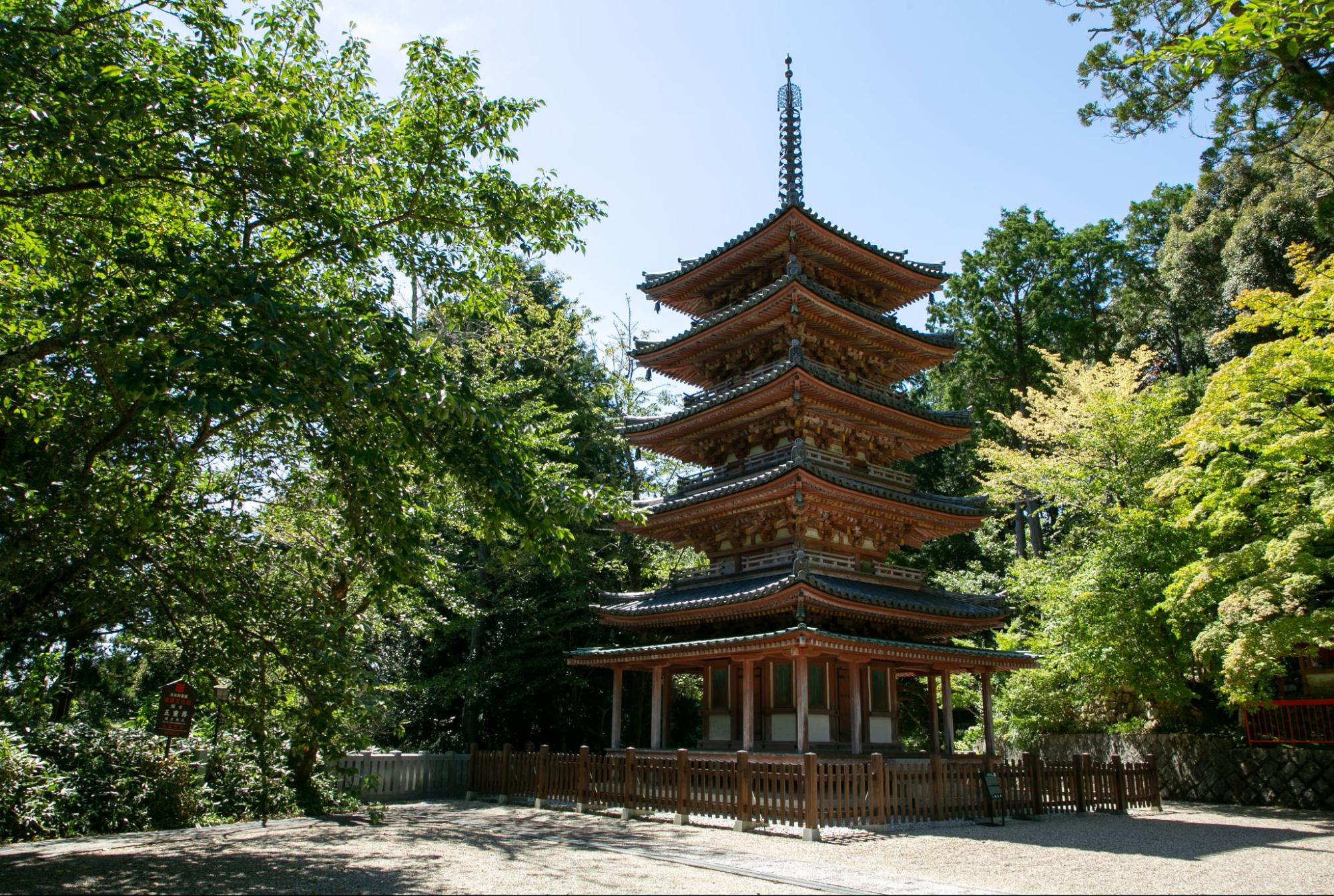
5 Reasons To Sign Up
1. See Limited Time Exhibits
The temples visited on the Minamiyamashiro Old Temple Pilgrimage Tours are open to the public, but tour participants can see exciting artifacts that aren’t always on display, and the statue of Ekādaśamukha located in the back of Kaijusenji Temple and Gansenji Temple’s miniature shrines are available to view. The guides will ensure these national treasure-level sites are visited during the tours.
2. Don’t Miss Out on Any Information Thanks to Excellent English-speaking Guides
A big reason many might give up on tours is the language barrier. No matter how great the content is, it doesn’t make sense to go on a tour if you can’t understand the language. For these tours, Ocha no Kyoto has teamed up with Furusato Kamo-Kizugawa, so you can learn about Minamiyamashiro’s temples safely and comfortably. The local guides speak excellent English and can tell you all the fascinating information without you having to furrow your brow trying to understand them. At the temple, you can also listen to the chief priest of the temple through an interpreter.
3. Enjoy Stress-free Travel With Planned Routes
As rewarding and beautiful as pilgrimages are, they can be a bit of a hassle to plan. For these tours, though, the routes are pre-planned and thought through. Routes depend on the day of the week, but each of the three courses visits two sacred sites that are relatively close together. The tours visit the history-rich temples of Joruriji, Gansenji, Omido Kannonji, Kaijusenji, Jindoji, and Kanimanji, and you can pick and choose which routes you’d like to visit or go on all of them.
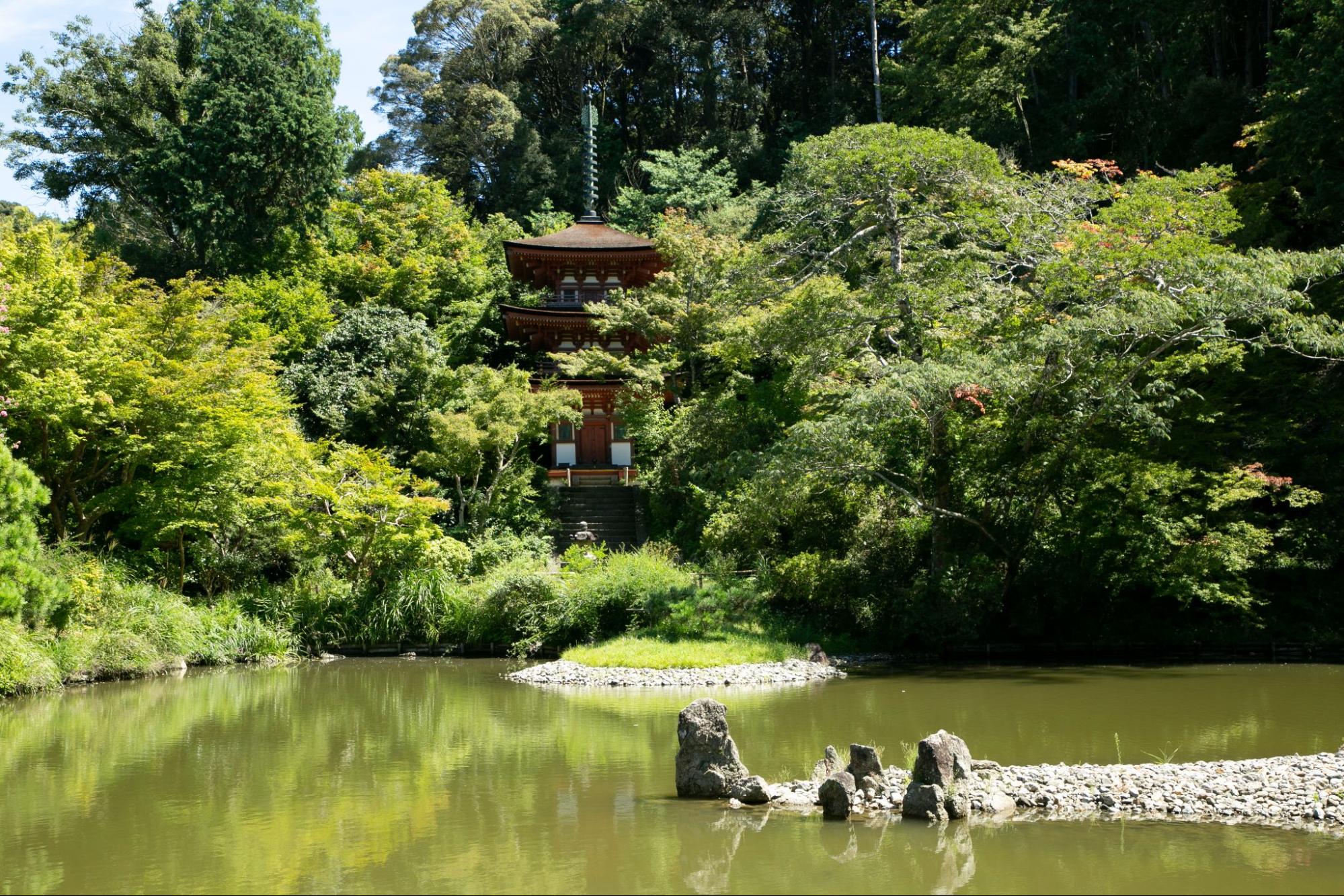
4. Take Advantage of Flexible Scheduling
Because they are offered every day of the week except Mondays and Tuesdays, the Old Temple Pilgrimage Tours are easy to fit into your schedule during your visit to Kyoto. The tours meet at the Nara National Museum, a mere 15-minute walk from Nara Station, and run for 2.5 to 3 hours, so you can fit in a religious cultural outing during a particularly busy trip.
5. Easy Access Makes for a Comfortable Trip
Ocha no Kyoto has planned these tours with comfort in mind. The company has chartered jumbo taxis for comfortable trips between temples, to ensure guests can finish the tours on time. Ocha no Kyoto also offers Kizugawa Old Temple Pilgrimage buses that don’t require a reservation for the convenience of guests departing from Nara and bound for Joruriji, Gansenji and Kaijusenji on weekends and holidays.
Experience the spiritual richness of Minamiyamashiro’s temples with Ocha no Kyoto this summer. Book your trip.

